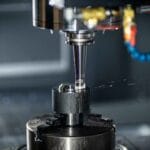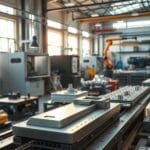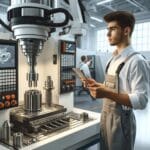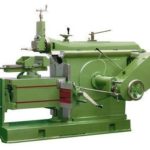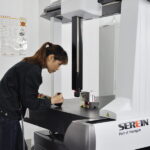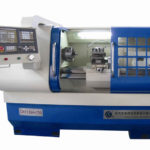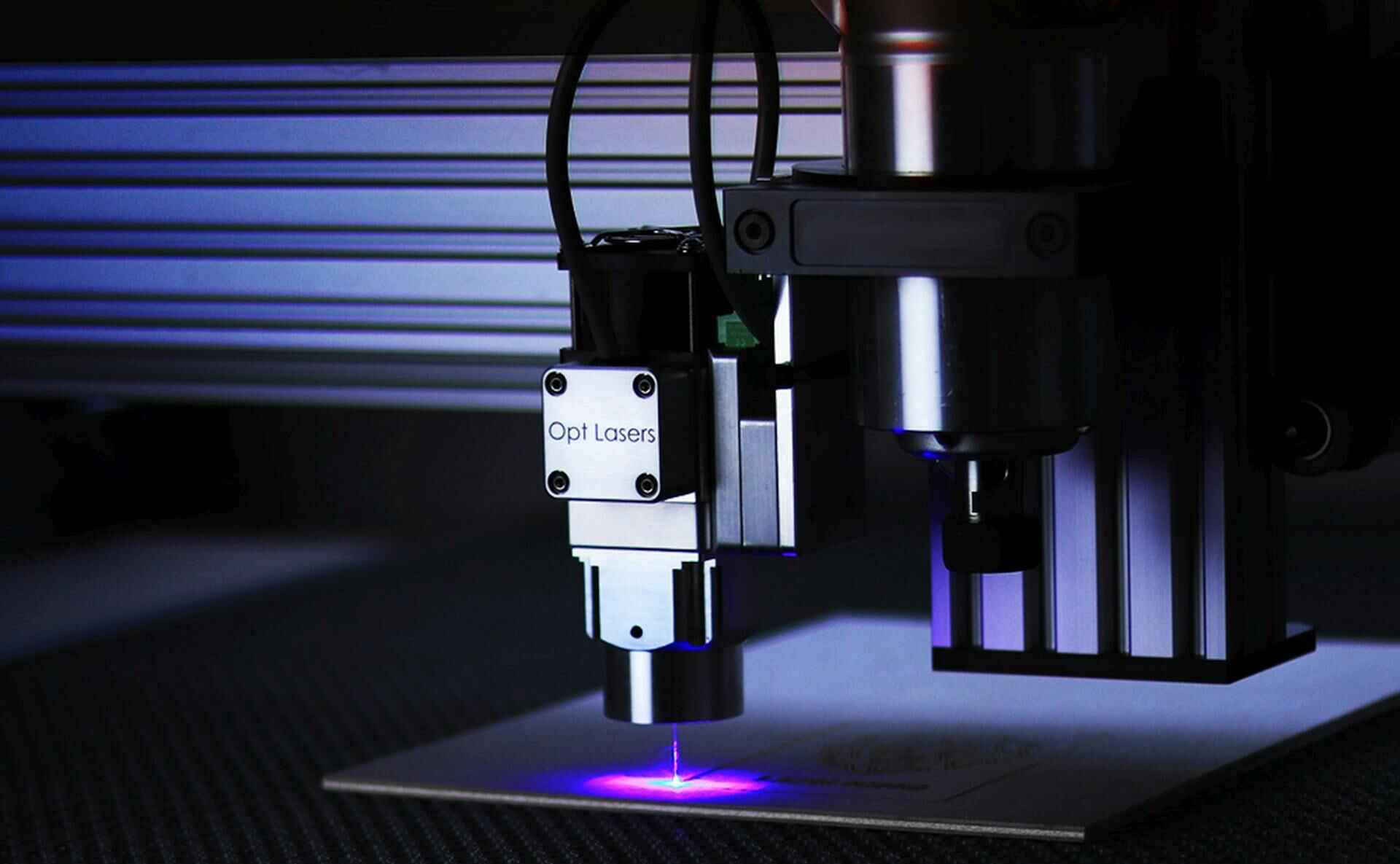
When it comes to high-precision and complex part manufacturing, 5-axis machining stands as a game-changer. But as technology evolves, manufacturers are often faced with a crucial decision: Should you rely on manual 5-axis machining or switch to automation?
In this blog, we’ll explore the key differences, pros and cons, and how to determine which method best suits your production needs.
What is Manual 5-Axis Machining?
Manual 5-axis machining involves traditional CNC control methods where the operator is heavily involved in machine setup, tool changes, part alignment, and adjustments throughout the process.
While it uses advanced 5-axis capabilities, most of the operation relies on skilled machinists for tasks such as:
- Setting up fixtures and tools
- Running test cuts
- Adjusting parameters in real-time
Manual 5-axis machining is often used in:
- Prototyping and R&D
- Small-batch custom part production
- Industries requiring high flexibility
What is Automated 5-Axis Machining?
Automated 5-axis machining integrates robotics, intelligent software, and sensors to minimize human intervention and maximize efficiency.
Typical automated features include:
- Robotic arm part loading/unloading
- Automatic tool changers
- Real-time process monitoring
- Adaptive toolpath adjustment using CAM software
If you’re new to automation, check out this detailed guide on Automating 5 axis Machining to understand the core technologies and benefits.
Key Differences Between Manual and Automated 5-Axis Machining
| Feature | Manual 5-Axis Machining | Automated 5-Axis Machining |
|---|---|---|
| Setup Time | Time-consuming | Faster and repeatable |
| Labor Dependency | Highly skilled operators | Minimal intervention post-setup |
| Consistency | Operator-dependent | Highly consistent output |
| Throughput | Limited | Ideal for 24/7 high-volume runs |
| Initial Investment | Lower | Higher upfront cost |
Pros and Cons
Manual 5-Axis Machining
Pros:
- Lower capital investment
- Easier to modify programs on-the-fly
- High flexibility for one-off or complex parts
Cons:
- High reliance on skilled labor
- Slower cycle times
- Prone to human error
Automated 5-Axis Machining
Pros:
- Faster production cycles
- Reduced operational cost over time
- Greater precision and repeatability
Cons:
- High initial setup cost
- Requires technical expertise for programming and calibration
- Less flexible for low-volume custom work
Which One is Right for You?
Choosing between manual and automated machining comes down to your production volume, budget, and business goals.
Choose Manual 5-Axis Machining if:
- You handle short runs or prototypes
- Your operators are highly skilled and experienced
- You need maximum flexibility for different jobs
Choose Automated 5-Axis Machining if:
- You’re scaling operations for mass production
- You want 24/7 manufacturing with minimal downtime
- Consistency, speed, and long-term ROI are priorities
Future Outlook: Hybrid Solutions
Modern machine shops are increasingly blending manual skill with automated processes. For example, operators handle initial setup and inspection, while automation takes care of repetitive production tasks.
As AI, IoT, and smart sensors continue to evolve, future 5-axis machining will be smarter, faster, and more efficient.
Conclusion
There’s no universal answer to the manual vs. automated 5-axis machining debate. Your decision should align with:
- Your workload
- Tolerance for human error
- Budget and ROI expectations
If you’re ready to scale production and reduce human error, it’s time to consider automating 5-axis Machining and how it can transform your CNC operations.

